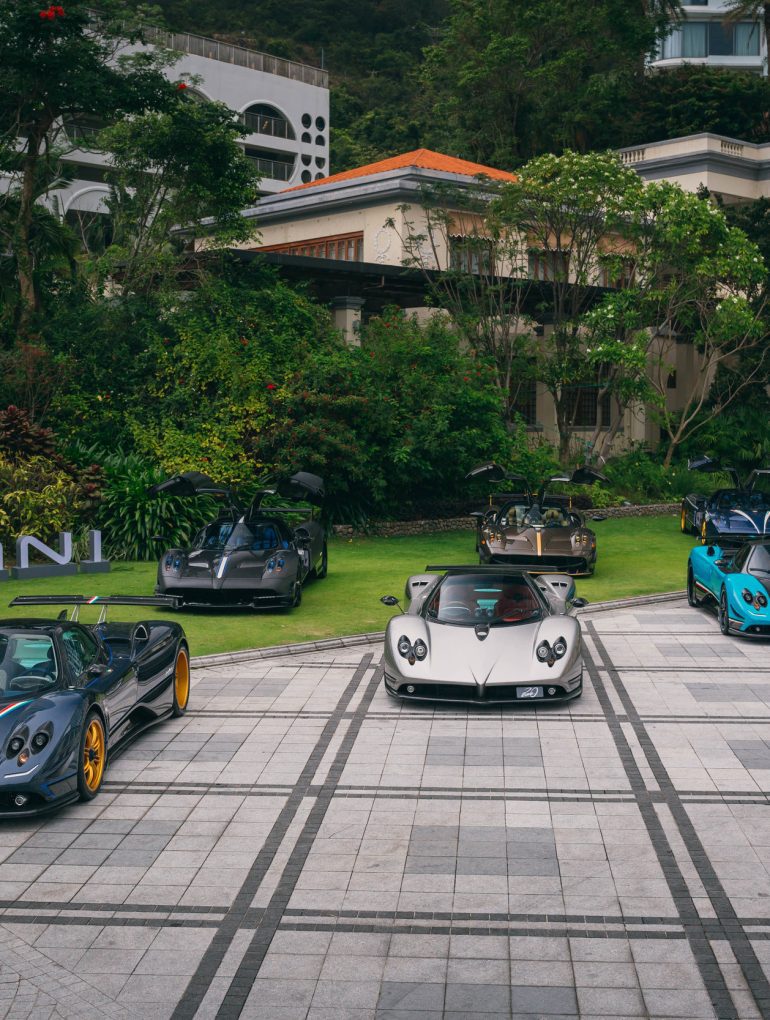The setting was the freshly renovated Teatro Lirico, located in Milan, a world capital of fashion and design. Here, well-heeled clients, dealers and employees had come together to witness an extraordinary event. The musical backdrop for the evening was a curated piece composed by Vincenzo Parisi and performed by the Symphonic Orchestra of the Milan Conservatory. You’d be forgiven for thinking this was yet another of the many famous Opera performances hosted by the iconic venue, inaugurated in 1779.
Yes, there was music that night on September 12. However, the main highlight was the world premiere of an all-new hypercar – the Pagani Utopia. It was the culmination of a project that celebrated the highest quality craftsmanship infused with obsessive passion from the maestro, Horacio Pagani and his dedicated team.



